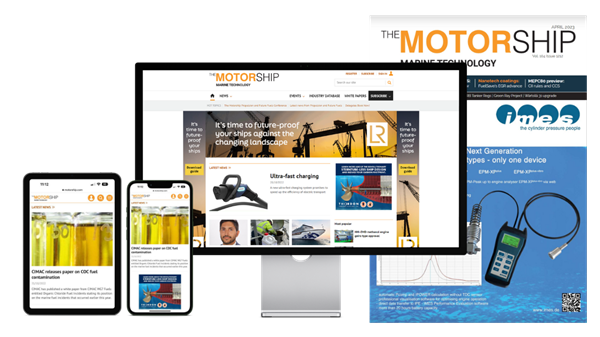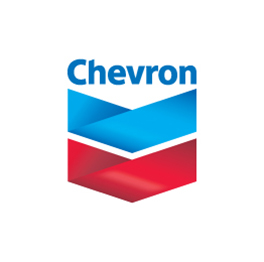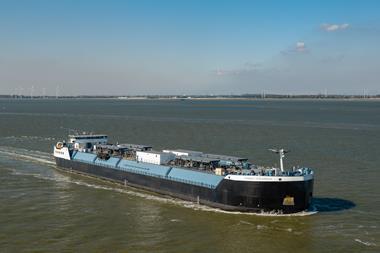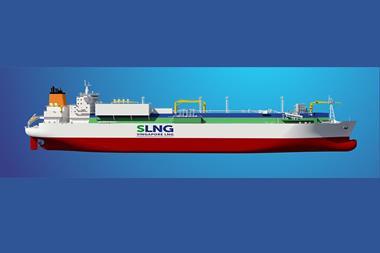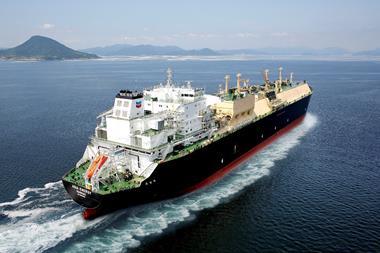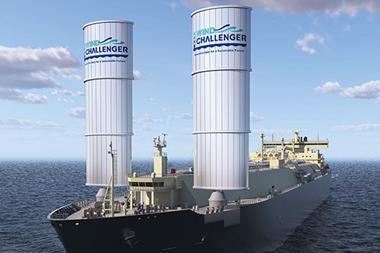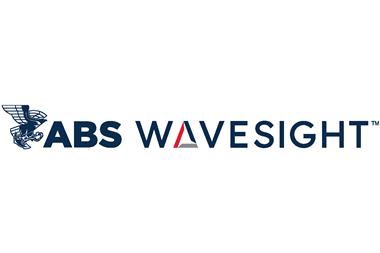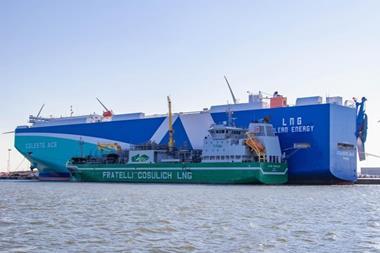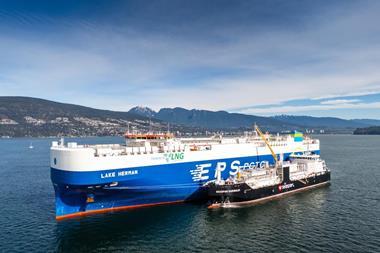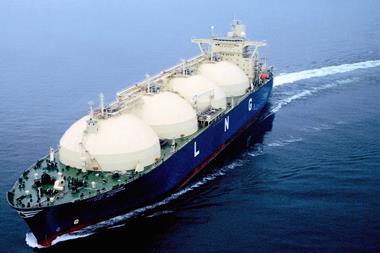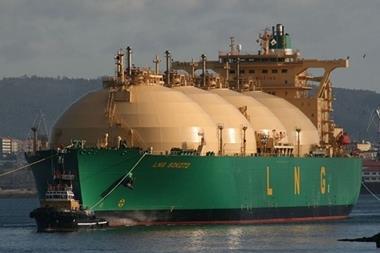Lessons from the great sulphur switch



Lessons from the great sulphur switch
This year, a majority of vessels switched to very low-sulphur fuel oil (VLSFO), with a sulphur content of 0.50 per cent or lower. As shipping moves toward a future powered by cleaner fuels, what learnings can we take from the introduction of IMO 2020 regulations?
Understanding a new fuel regime
According to Luc Verbeeke Senior Engineer, Chevron Marine Lubricants, despite the daunting challenges it appears as though the switch went smoothly for most ship operators. “We did see OEMs report a temporary spike in scuffing issues on engine cylinders. This was not unexpected, and the majority of issues are more related to housekeeping — such as handling fuels, properly and following OEM advice — than fuel quality or cylinder lubrication.”
There have also been some important learnings about VLSFO itself. As late as December 2019, the consensus was that the marine fuels market would feature myriad VLSFOs with a widely varying range of fuel quality. The reality has been somewhat better for operators. In fact, by Luc Verbeeke’s analysis, VLSFO has in general turned out to be a high-quality product with a greater energy content and faster combustion than traditional HSFO. However, some older units, that would have survived for perhaps another six months to a year on HSFO, struggled with the new fuel regime. In some cases, red deposits were found in used oil samples, and piston damage was discovered in some engine cylinders.
Solving challenges
With support from marine experts, a program of sweep tests together with analysis with DOT.FAST® onshore service ensured that these issues were quickly addressed for Chevron customers. Reporting from the oil analysis service also indicates that corrosion remains a risk under the new fuel regime. Total iron levels remain important for indicating when engines are in a corrosive regime, but the magnetic particles are also needed to alert ship operators to abrasive wear. Chevron’s DOT.FAST® service uses an onboard test that looks at total iron. The onshore laboratory service goes further, using inductively coupled plasma (ICP) mass spectrometry to identify not only total iron, but also a particle quantification (PQ) analysis to detect magnetic particles.
Vessel Optimization with FAST services
Chevron Marine Lubricants assessed how the industry dealt with these issues in a white paper ‘Taking the Temperature on 2020’.
Taro Ultra cylinder oils are compatible with virtually all marine fuel options. Find out more about main engine lubrication and DOT.FAST monitoring chevronmarineproducts.com.

